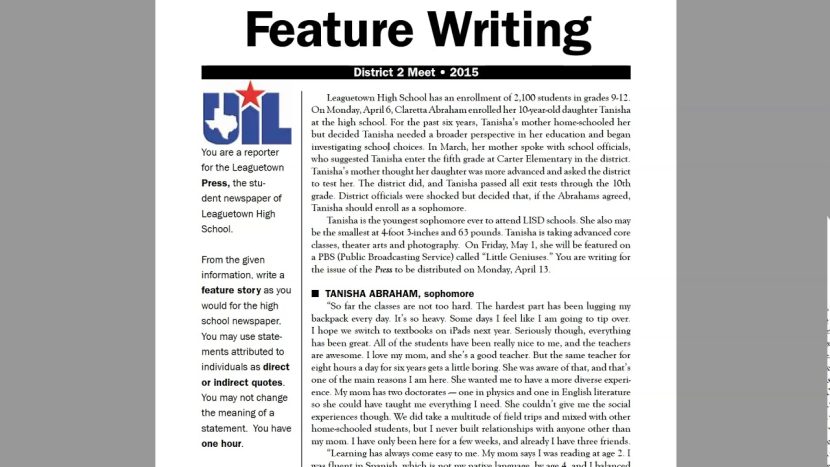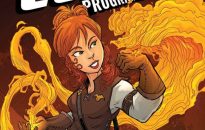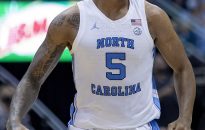A soba noodle restaurant in the northeastern Japan city of Morioka has revived its classic “home run baseball soba” last seen some 90 years ago. While the original recipe was lost, the restaurant crafted a new version that hits the spot. A search for the dish’s origin reveals the shadow of Babe Ruth, the iconic […]

A soba noodle restaurant in the northeastern Japan city of Morioka has revived its classic “home run baseball soba” last seen some 90 years ago. While the original recipe was lost, the restaurant crafted a new version that hits the spot.
A search for the dish’s origin reveals the shadow of Babe Ruth, the iconic major league slugger who appeared to have captivated the restaurant’s owner of the time with his remarkable hitting achievements during the American League All-Stars’ 12-city tour of Japan in 1934.
Iwate, where the restaurant has operated for the past 140 years, is also the home prefecture of Los Angeles Dodgers superstar Shohei Ohtani, one of the few players to draw comparisons with Ruth.
“This is soba that was once sold with a home run-approved logo. Please come and try it,” says Yuko Matsui, 80, the proprietress of Chokurian, which is mainly known for its famous Iwate specialty, wanko soba.

Photo shows a bowl of the present-day version of baseball soba at Chokurian in Morioka, Iwate Prefecture, in November 2024. (Kyodo)
“The ‘mekabu’ seaweed is the grass of the baseball field, the shrimp tempura is the bat, and the onsen-poached egg is the ball,” Matsui says, explaining the present-day version of her baseball soba.

Yuko Matsui poses with a present-day version of baseball soba in Morioka, Iwate Prefecture, in November 2024. (Kyodo)
The aroma of the “dashi” Japanese soup stock wafts as the broth and spices are added from a separate bowl to the noodles and other ingredients. The soba matches the flavor of the mekabu, having a light and refreshing taste.
It was 1935 when the restaurant advertised a “Home Run Approved Baseball Soba” in the local daily, Iwate Nippo. But since neither a photo nor the original recipe of the dish remained, Chokurian solicited ideas on social media, then completed it in time for the 140th anniversary, before including it on its menu in September.
The advertisement back then was placed by Yuko’s grandfather, the late Yahei, the owner of Chokurian at the time. In her search for recipe specifics, Yuko requested information in newspapers and other media to find anyone who had ever tried it but came up empty.
Chokurian was not the only one with baseball-inspired dish ideas. It was discovered that Sarashina Nunoya in Tokyo’s Minato Ward, another long-operating soba restaurant, had been serving baseball soba of its own since the 1920s.

Photo shows a bowl of baseball soba from Sarashina Nunoya, a soba restaurant in Tokyo’s Minato Ward. (Kyodo)
“My grandmother, a baseball fan, got the idea when members of the Keio University baseball team came to the store,” explains Sarashina Nunoya owner Eiichi Kaneko, 69. The warm broth soba that the restaurant began serving included shrimp tempura, boiled egg and glove-shaped “kamaboko” steamed fish cake.

Eiichi Kaneko is pictured with his baseball soba noodles in November 2024. (Kyodo)
However, there is no connection to Chokurian, nor any record of the recipe ever being taught to anyone else.
One suggestion of the inspiration for Chokurian’s baseball soba comes from the possibility that Yahei, who was an avid baseball fan, went to see a game in Sendai when Babe Ruth and other major league All-Stars were visiting in 1934.
Satoshi Chiba, a member of the editorial board of the research institute at Iwate Nippo and an expert on the history of baseball in Iwate Prefecture, said Yahei likely took an interest in the tour of American professional players.
No professional baseball existed in Japan at that time. There was secondary school baseball (now high school baseball) and the Tokyo Big Six Baseball League for intercollegiate play, which was at the center of the student baseball boom in pre-war Japan.
But Yahei had never been to Tokyo, and it is difficult to imagine that he could have watched any of the Big Six league games.
Chiba at the Iwate Nippo daily suggests the Japan-U.S. game held in Sendai in November 1934 was one Yahei likely attended.
“It was big news when Babe Ruth hit that many homers, and it’s very possible that Yahei, who loved baseball, went to see this game,” Chiba said. If that was the case, the “Home Run Approved” branding also makes sense.
According to Japan’s Baseball Hall of Fame and Museum, Ruth hit 13 homers in the 18 games the All-Stars played in the 1934 series in Japan, including two split-squad matchups between them.
The Japanese players selected specifically for their games against Ruth and Co. served as the foundation of Japan’s first professional baseball team that would go on to become the Yomiuri Giants, the most famed ballclub in the country.
The combination of the sport and noodles saw Sarashina Nunoya’s baseball soba featured in the popular manga “Sobamon Nippon Soba Angya,” which wrote about soba noodles in various regions of Japan when it was published in a comic magazine between 2008 and 2016.
“I never knew there was another baseball soba,” said Osamu Yamamoto, 70, the author of the manga. “If I had drawn them side by side, it would have been a great manga. I regret that I did not feature Iwate, which also has wanko soba, in the magazine.”
Related coverage:
Baseball:Shohei Ohtani determined to remain 2-way player for rest of career
FEATURE:Japan’s food makers eye “fermentation tourism” for foreign visitors
Train travelers in Switzerland to get taste of Japan “bento” box eats














